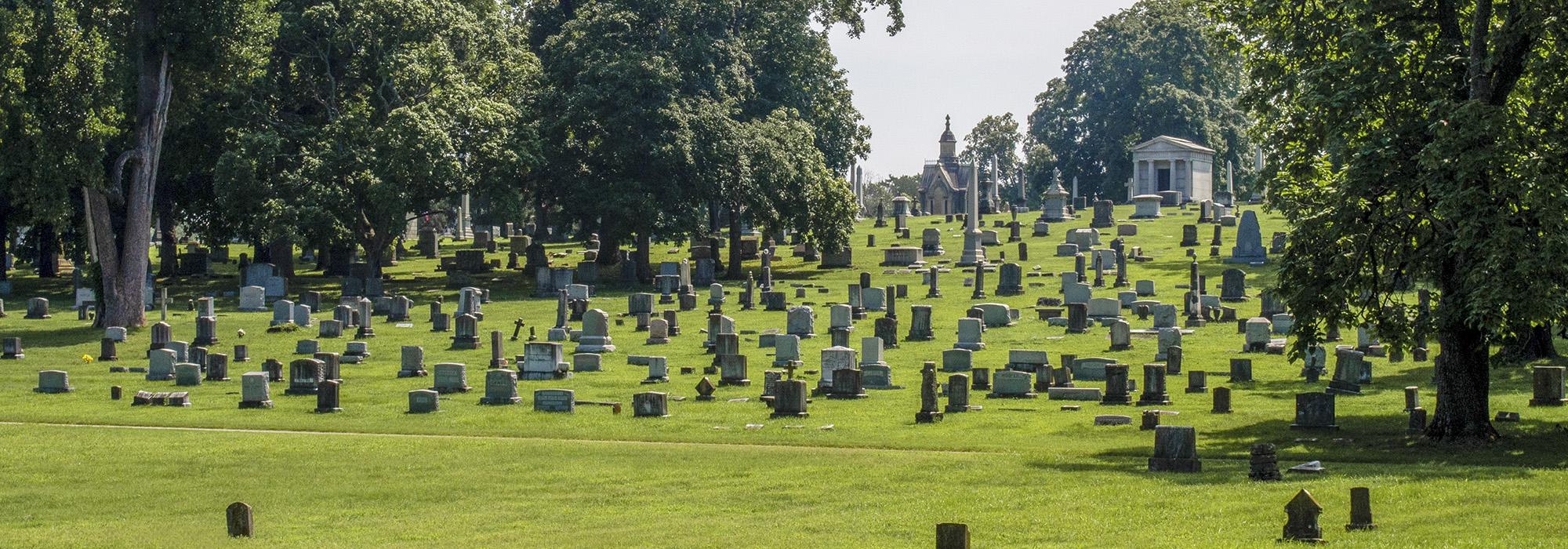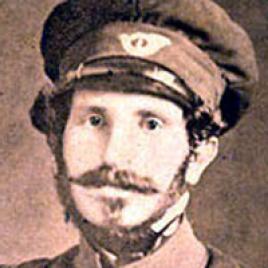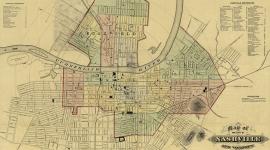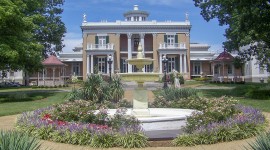Pioneer Information
Born in Potsdam, Prussia, Heiman immigrated to the United States in 1834, arriving in Nashville, Tennessee in 1837, after spending time in New York City and New Orleans. Heiman was trained as a stone cutter, and his early work primarily consisted of designing and creating monuments. From 1837 to 1841, he worked on the First Baptist Church, on Fifth Avenue (no longer extant), and the tombstones in the City Cemetery in Nashville, after which time he volunteered for service in the Mexican-American War of 1846–1848. Wounded in the Battle of Cerro Gordo and the Battle of Monterey, Heiman returned to Nashville at the rank of major and became a self-fashioned architect. From an initial commission to design a suspension bridge across Nashville’s Cumberland River, Heiman built a positive reputation through work on a multitude projects, including the Tennessee Hospital for the Insane, the Adelphi Theatre, the Belmont Mansion (now part of Belmont University), and the vault at Mount Olivet Cemetery (now Confederate Memorial Hall), all in Nashville. Outside Tennessee, he designed the St. John’s College in Little Rock, Arkansas, and the First Presbyterian Church in Huntsville, Alabama. He served the Confederacy during the Civil War, ultimately becoming the assistant adjutant-general of the Tennessee Military Department. Using his skill as a military engineer, he built Fort Heiman on the bank of the Tennessee River near present-day New Concord, Kentucky. In 1862 Heiman was imprisoned for six months at Fort Warren, in Boston, until being released because of ill health. Although he was transferred immediately to a Confederate hospital in Jackson, Mississippi, he died soon thereafter and was interred at the Confederate Circle of Nashville’s Mount Olivet Cemetery.















